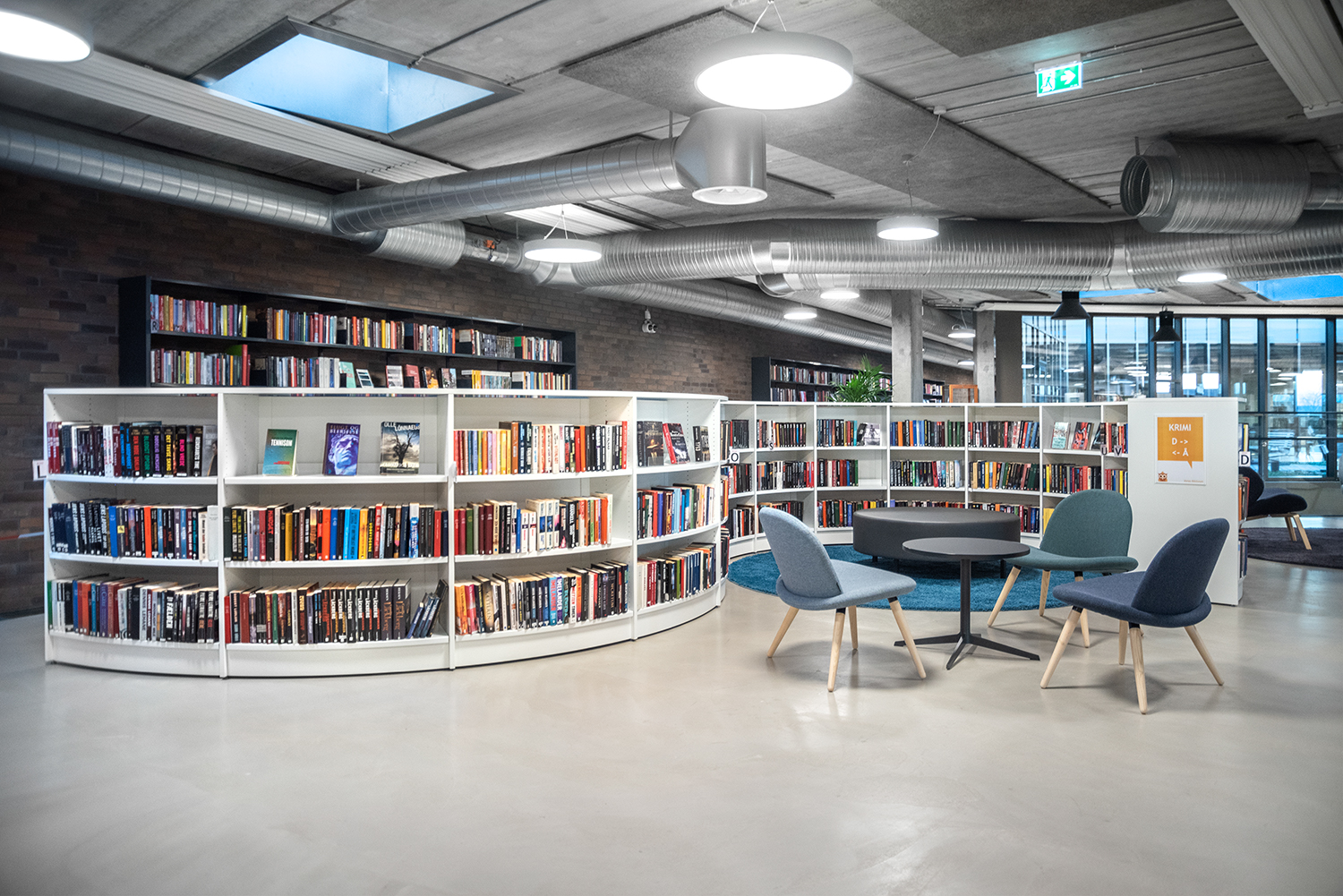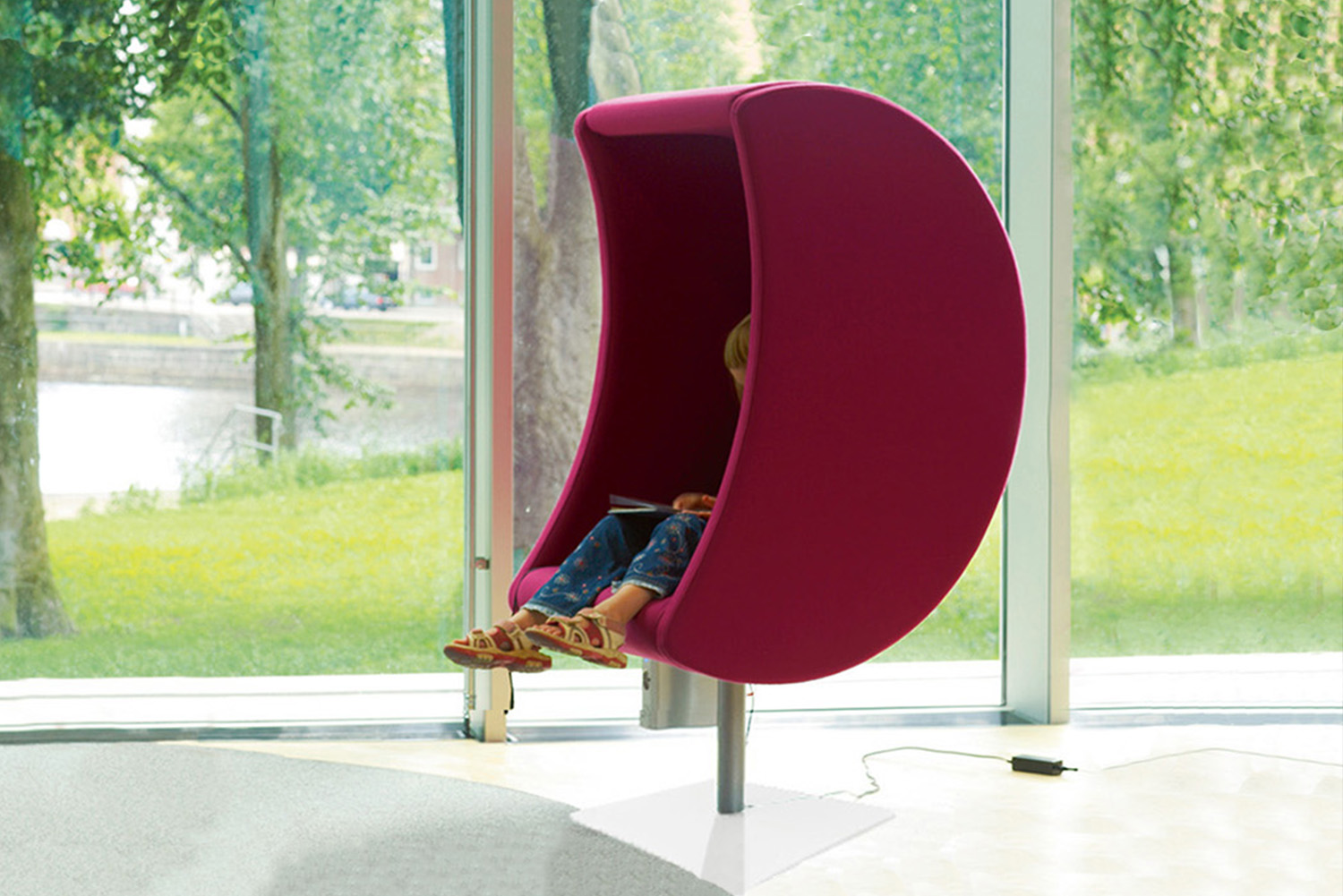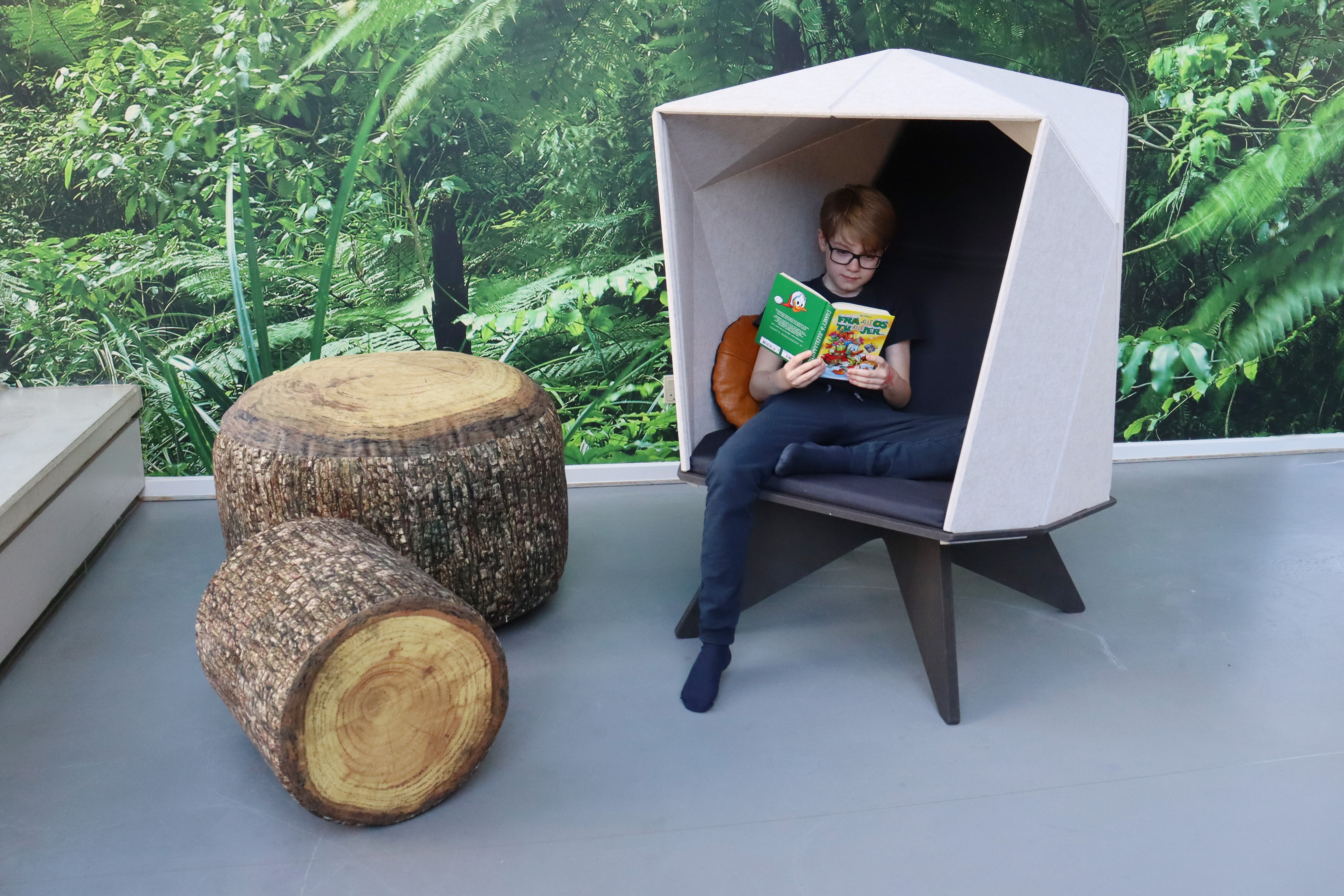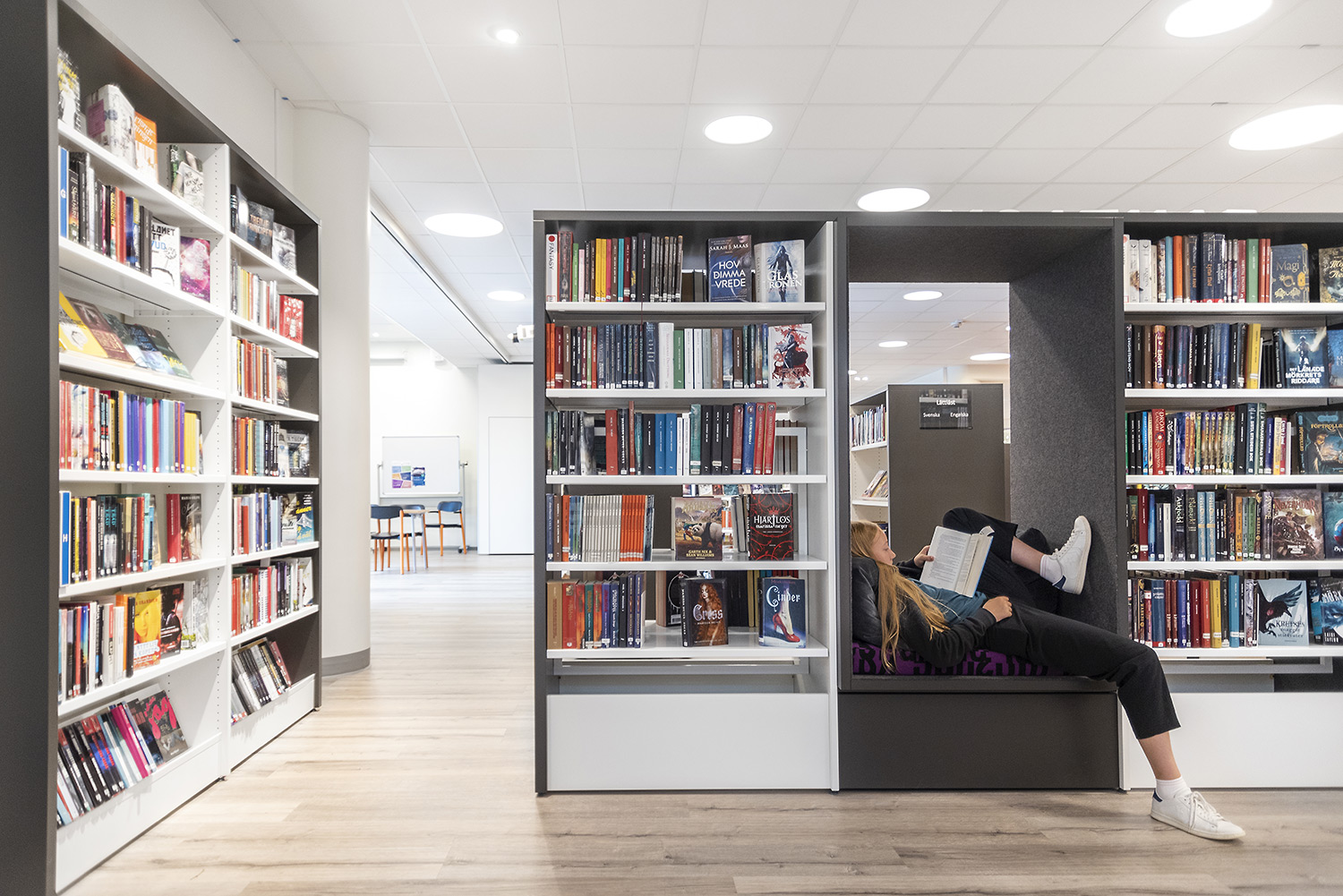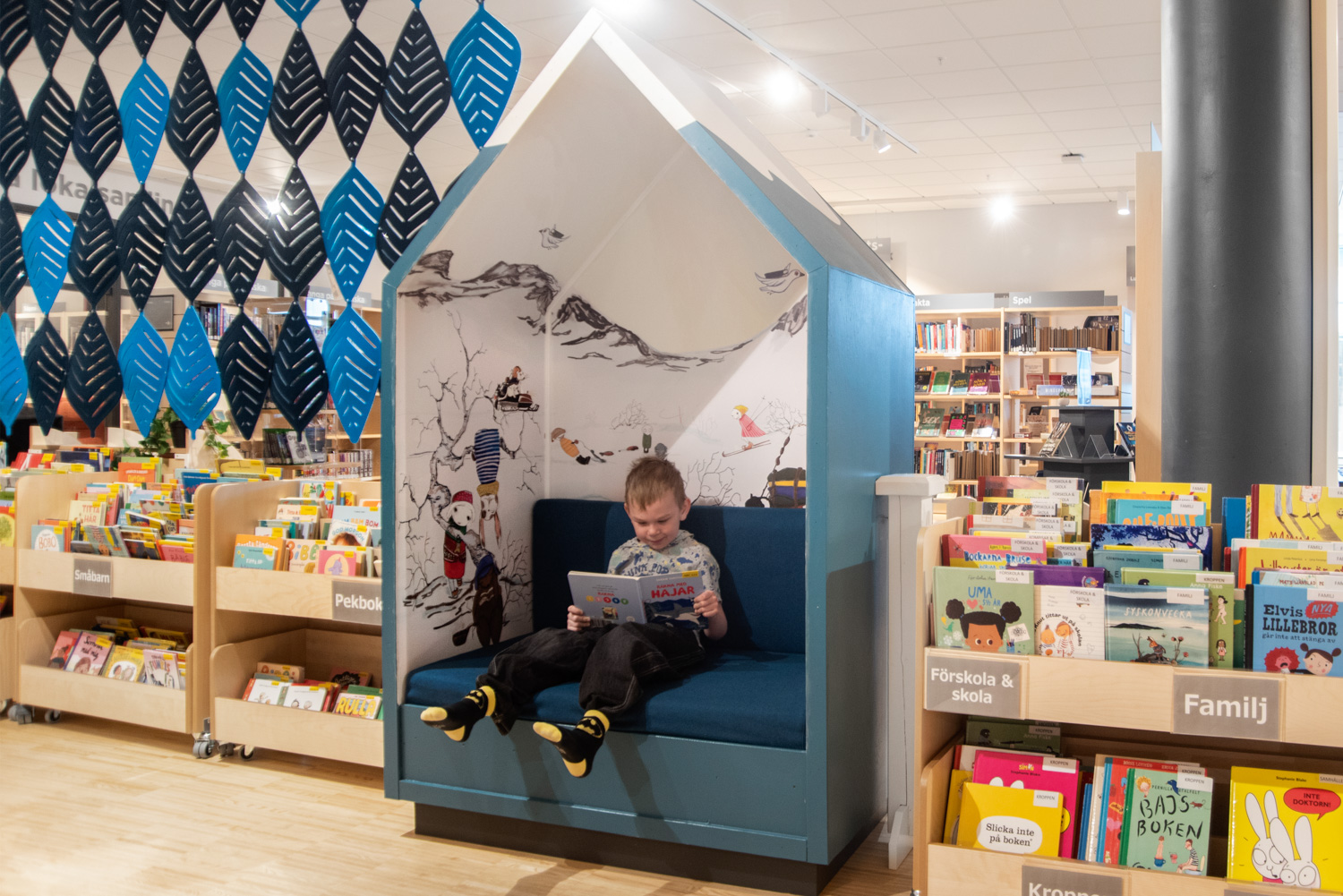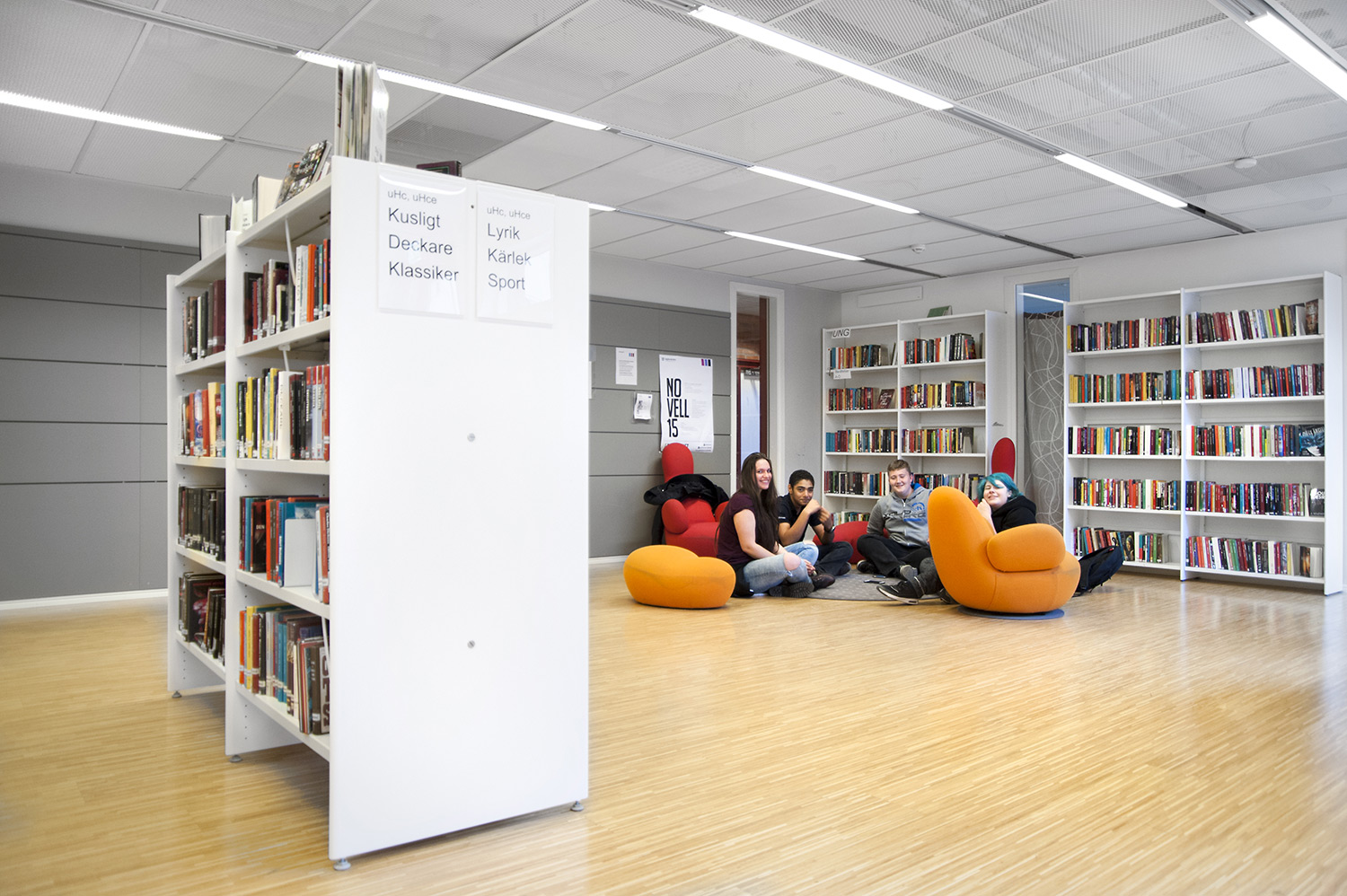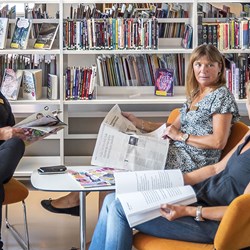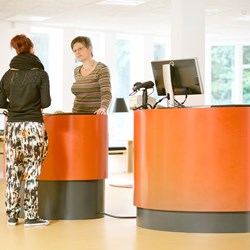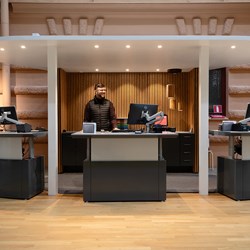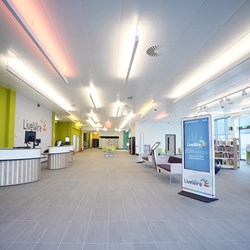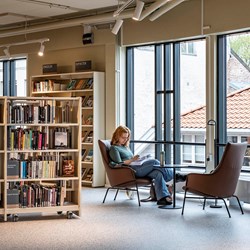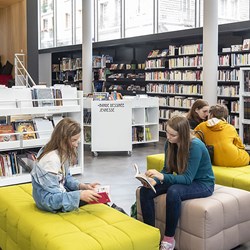Mental health - Rooms within the room
Relax in intimate, enclosed spaces
Beyond their role as hubs of information, libraries are increasingly recognised for their potential to contribute to mental well-being. One of the most innovative approaches to this end is the concept of "rooms within the room." This design strategy involves creating intimate, enclosed spaces within the larger library environment using modular furniture, such as round shelving systems and seating cave furniture.
These thoughtfully designed spaces offer significant benefits for mental health, transforming libraries into more than just places to read—they become havens of tranquillity and personal retreat.
Understanding "rooms within the room"
The term "rooms within the room" refers to the creation of semi-private or enclosed areas within the broader library setting. These spaces are designed to provide library visitors with a sense of privacy and separation from the busy library environment, thereby fostering a more calming and focused atmosphere.
Rooms within the room can be achieved through the use of various furnishings such as round shelving systems and specialised seating cave furniture like Luna Sound Chair, HabiCave, Sensa Lounge Chair and Cocoon Reading Cave.
Round shelving systems such as Lingo Round Shelving and 60/30 Classic Round Shelving do not only serve as book storage but also act as partitions that delineate small, cosy areas within the library. The circular or semi-circular configuration of these shelving systems creates natural boundaries, enhancing the sense of enclosure and privacy.
The seating cave furniture are specifically designed to offer a snug, enclosed seating experience. These pieces can create intimate spaces that shield users from distractions and noise, making them ideal for focused work or quiet reflection.

Benefits from "rooms within the room"
The concept “rooms within the room” is designed to cater to a diverse range of library visitors, each with unique needs and preferences. Sensitive children and young readers, especially those with sensory sensitivities, find these enclosed spaces a calming retreat from the often overwhelming library environment. The quiet, secure areas allow them to engage with books and activities without feeling overstimulated. For students with learning difficulties, such as ADHD or dyslexia, these private spaces help minimise distractions and foster better focus, improving their learning experience and outcomes.
Individuals dealing with mental health concerns, like anxiety or depression, also benefit greatly from these serene, enclosed areas. The reduced noise and activity levels provide a necessary escape, promoting relaxation and emotional well-being. Professionals and researchers requiring uninterrupted time for intense work or study find these quiet, secluded spaces ideal for maintaining productivity and focus. Additionally, parents and caregivers with young children or those managing special needs can use these spaces as a respite, allowing them to read or work in a quieter environment while ensuring their dependents are comfortable.
Project inspiration
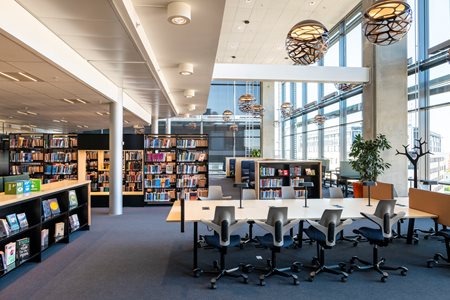
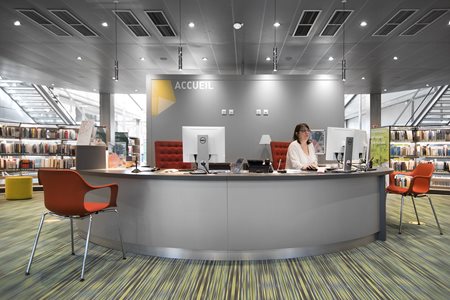
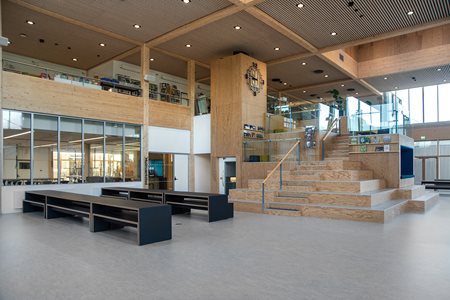
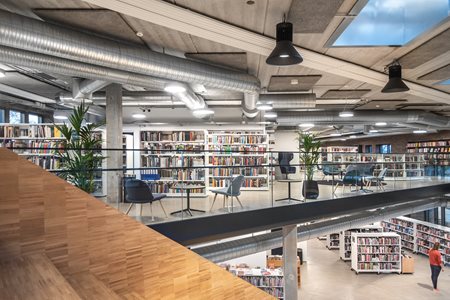
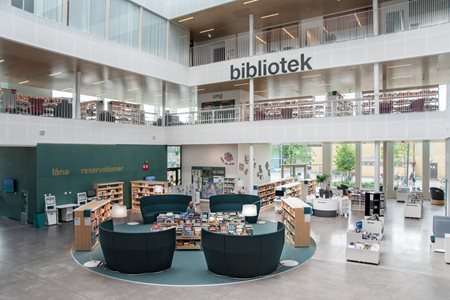
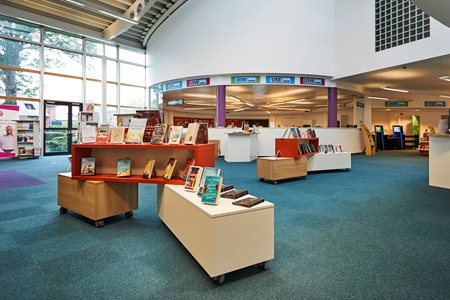
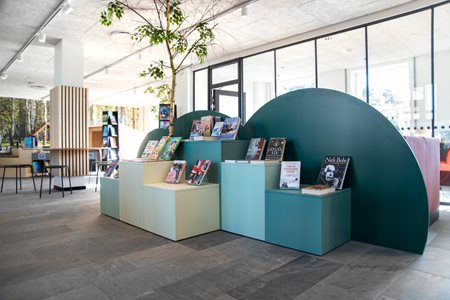
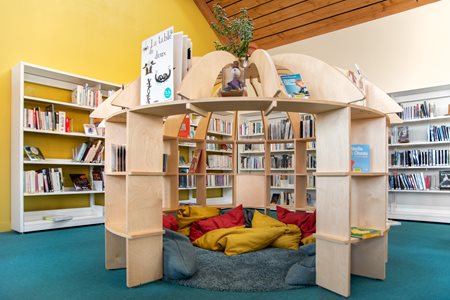
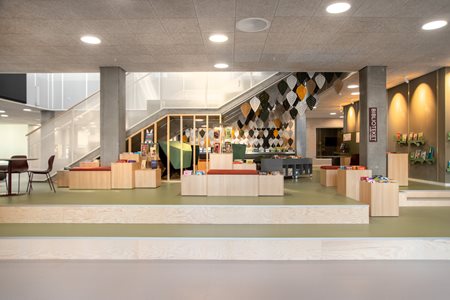
More mental health themes
Transform your library today
Embracing the concept of "rooms within the room" can revolutionise the way libraries support mental health. By integrating innovative furniture solutions such as round shelving systems and specialised seating, libraries can create spaces that offer privacy, tranquillity and focus. This approach not only enhances the user experience but also positions libraries as forward-thinking environments that prioritise the well-being of their visitors.
If you have a current or upcoming project you would like to speak with us about, please don’t hesitate to contact us.





